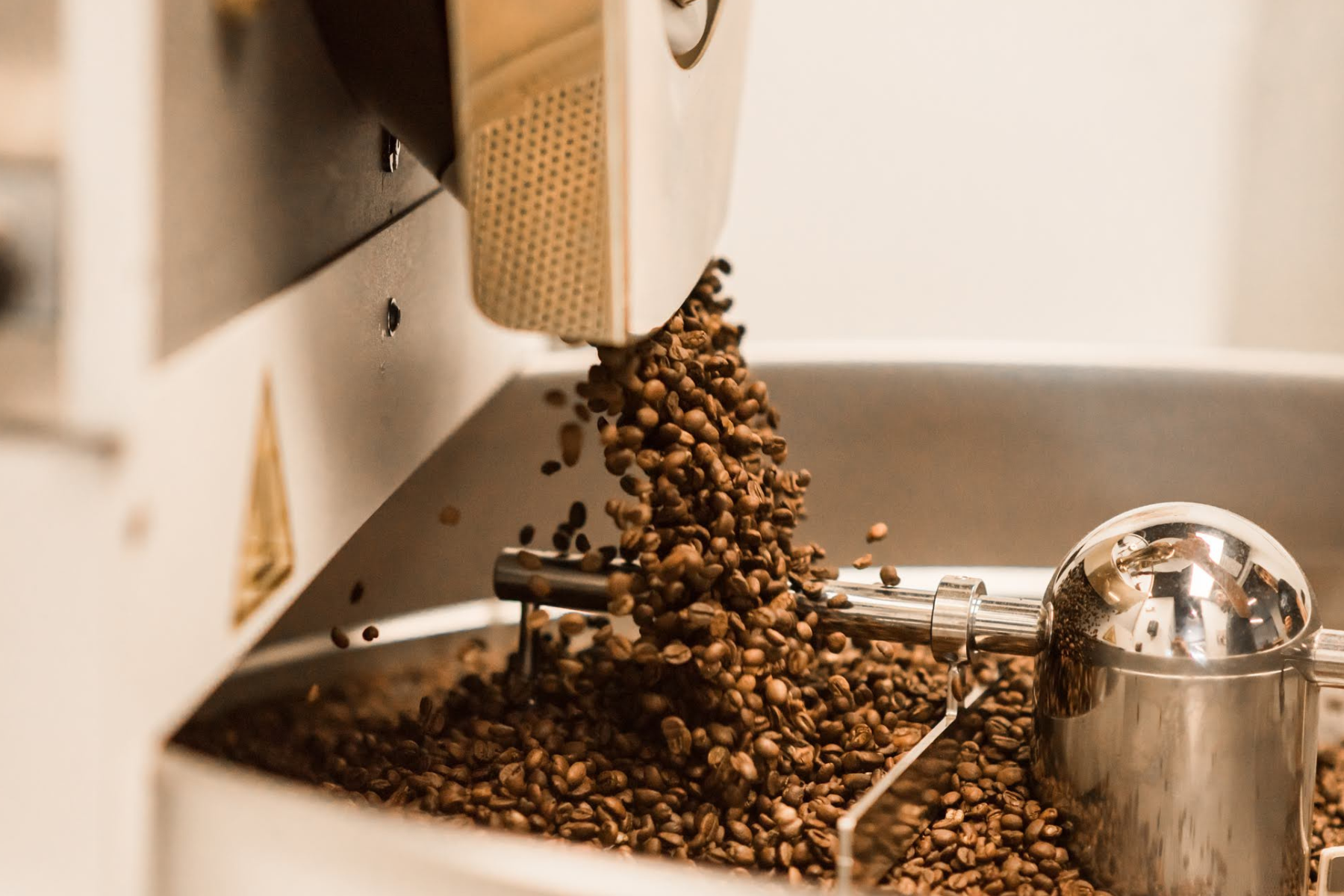
Are Two Really Better Than One? How We Make Our Coffee Blends
You’ve probably seen several coffee blends on your supermarket shelves such as “House Blend,” “Breakfast Blend,” or a seasonal favorite, the “Holiday Blend.” For many years, coffee blending had a negative connotation, as it was a way for coffee roasters to sneak lower quality beans in amongst better coffee to help keep costs down or get rid of excess coffee.
But coffee blends are more than that. They’re a wonderful opportunity to take different origins and make a whole new coffee experience. This blog is going to be looking at the process we undertake when creating a new blend.
Choosing Complimentary Coffee Flavors
Our first step is choosing the right flavor profiles. Do we want to create something clean and well-balanced? Fruity or nutty? If we are looking for hints of fruit, do we prefer citrus, stone fruit, berry, or a more subtle sweetness like pear or apple?
We also consider if the blend we are creating is serving a specific purpose. An espresso blend is going to be darker with bolder notes, while a holiday blend might need something that fits the season (i.e chocolate, berries, and baking spices for Christmas). Choosing the flavor profiles is an important first step!
Curious about which of our specialty-grade coffee flavors you would enjoy most? Take our short coffee quiz to find out!
After we’ve decided on the flavor profile we want to see in our blend, we gather the coffees that can fulfill our needs. And the best part is, we have plenty of options!
Experimenting With Coffee
Our rule of thumb is to start with a coffee with stronger earthy notes to serve as a base and then complement it with a brighter coffee. The earthy notes will help cut the sweetness and in turn, the fruitier coffee will offset any harsher tones. After many years of experimenting, we can always tell the difference between a mismatch and a perfect combo.
While a little preparation can go a long way, experimenting with what works and what doesn’t is one of the most enjoyable parts of blending for us. In theory, we could blend a French-roasted Sumatran and medium roasted Colombia Geisha, but we ought to be arrested for crimes against coffee. By taking into account how the coffees taste separately, we get a better idea of how they might taste together.
Once we have settled on which origins we will be using, the next step is figuring out what the ratio is going to be.
Finding the Perfect Balance
The overall cost of a blend is decided by the ratio. A more cost-efficient blend will require a higher percentage of a less expensive coffee. This does offer the opportunity to use the flavors of more expensive, higher-end beans while mixing it with a more affordable coffee to cut down on overall costs. A good example of this would be our Silk Route Blend, a delicious mix of our Yemen and China coffee.
It’s also important for us to keep track of our inventory. If a blend is made up of 50% Brazil, 25% Ethiopia and 25% Kenya, then we’re going to need more Brazil coffee on hand. Alternatively, if we run out of a particular origin and are unable to get more, if it makes up 25% or less of the blend it can be swapped out with minimal impact on overall taste. Anything more and we would start to notice the change. We did this with our original and longest-standing blend ‘The Ridge,’ which started as a blend of Honduras and Ethiopia, and is now a blend of Brazil and Ethiopia.
Naming Our Blend
After we’ve created each blend, it’s time to give it a name. This might seem like a small task, but it is vitally important. We’ve created four blends so far, and each has a story behind its name.
Our Ridge Blend is named after Baba Java’s first location when we started our coffee business.
Our Heritage Blend (not currently available) is a mix of Ethiopia and Yemen coffee, which is where the coffee plant and coffee drink originated.
Our Silk Route includes Yemen and China coffee and was named after the famous trade route between China and the Middle East.
Our newest Winter Wonderblend, also our first holiday blend, gets its name from the song Winter Wonderland.
We like to give some meaning behind the name of our blends and connect the blend to the story of the coffee. For example, our Silk Route blend was born out of necessity during the pandemic last year. Our partners in Yemen and China had an influx in crop due to buyers canceling their orders. With the exporters and processing mills facing potential closure due to this, we increased our orders of both crops and created the ‘Silk Route’ blend to get more of their coffee out into the public and support some of our direct partners and farmers.
Here at Baba Java we love being able to offer unique and delicious single-origin coffees to our customers, but at the same time, we never want to overlook the potential of blends and what they can bring to the table. We’re always experimenting with new things so keep your eyes peeled because you never know when a new blend might show up. Shop all of our origins and everything you need to make the perfect cup at home, here!
